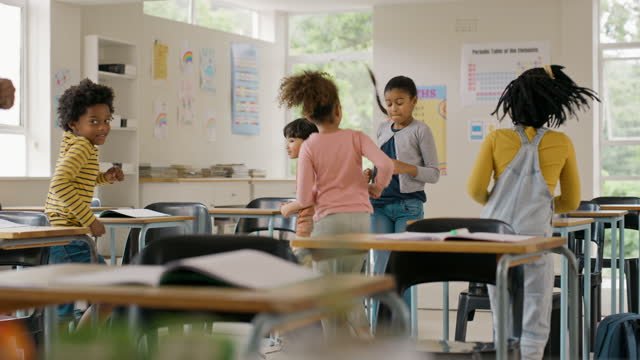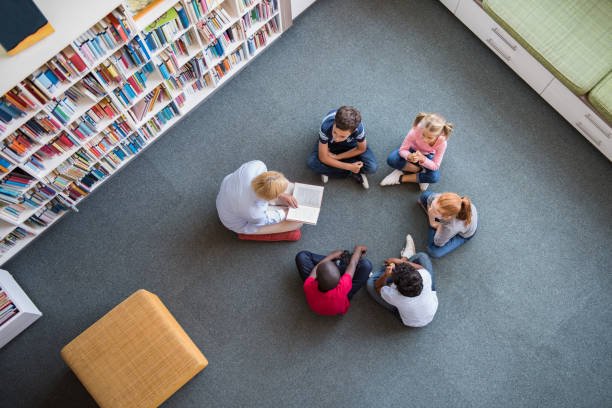On this page we mention and describe the four groups that could be used to cluster factors that could influence the classroom climate.
Classroom climate is a critical component that influences not only the learning experience but also the overall well-being of students and educators alike. But what are the key elements that contribute to a positive or negative classroom atmosphere? Interestingly, these factors can be clustered into four main groups: Physical Environment, Social Dynamics, Teaching Strategies, and Institutional Policies. Let’s explore each of these categories in detail.
The Four Groups used to cluster factors that influence the classroom climate
The factors influencing classroom climate can be categorised into four main groups: Physical Environment, Social Dynamics, Teaching Strategies, and Institutional Policies. The Physical Environment encompasses elements like lighting, temperature, and seating arrangements, which can either enhance or hinder focus and motivation. Social Dynamics involve the relationships among students and between students and teachers, affecting levels of collaboration, inclusivity, and emotional well-being. Teaching Strategies refer to the methods used by educators, including lesson planning and assessment techniques, which can make the classroom more interactive and enriching. Lastly, Institutional Policies like grading systems and attendance requirements contribute to the overall sense of stability and fairness in the classroom. By understanding and addressing factors within these four clusters, one can significantly improve the classroom climate and the quality of education.
Physical Environment
The physical environment of a classroom plays a significant role in shaping the classroom climate. This includes aspects such as lighting, temperature, seating arrangements, and the availability of learning resources like textbooks, technology, and stationery. A well-organised, clean, and aesthetically pleasing space can enhance focus and motivation, thereby contributing to a more effective learning environment.
Social Dynamics
Social dynamics refer to the interpersonal relationships among students, as well as between students and teachers. Factors like classroom diversity, communication styles, and the level of respect and trust can significantly impact the classroom climate. A positive social dynamic encourages collaboration, inclusivity, and emotional well-being, which are essential for a conducive learning atmosphere.
Teaching Strategies
The methods and techniques employed by the educator are pivotal in shaping the classroom climate. This includes lesson planning, assessment methods, and the use of technology in teaching. Effective teaching strategies that engage students and cater to diverse learning styles can create a more interactive and enriching classroom experience.
Institutional Policies
Last but not least, institutional policies such as grading systems, attendance requirements, and disciplinary measures can also influence the classroom climate. Clear and fair policies that are consistently enforced can help in establishing a sense of stability and fairness in the classroom.
Conclusion
Understanding the factors that influence classroom climate is crucial for educators, administrators, and even students. By focusing on improving elements within these four clusters—Physical Environment, Social Dynamics, Teaching Strategies, and Institutional Policies—one can significantly enhance the quality of the educational experience. So, what steps are you taking to foster a positive classroom climate?





